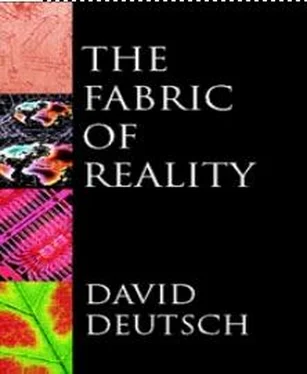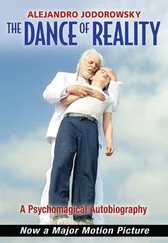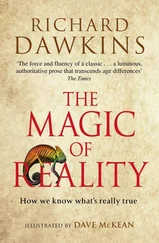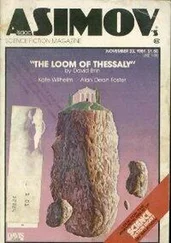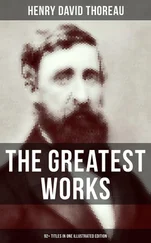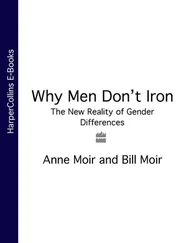David Deutch - The Fabric of Reality
Здесь есть возможность читать онлайн «David Deutch - The Fabric of Reality» весь текст электронной книги совершенно бесплатно (целиком полную версию без сокращений). В некоторых случаях можно слушать аудио, скачать через торрент в формате fb2 и присутствует краткое содержание. ISBN: , Жанр: Физика, Философия, на английском языке. Описание произведения, (предисловие) а так же отзывы посетителей доступны на портале библиотеки ЛибКат.
- Название:The Fabric of Reality
- Автор:
- Жанр:
- Год:неизвестен
- ISBN:0-7139-9061-9
- Рейтинг книги:4 / 5. Голосов: 2
-
Избранное:Добавить в избранное
- Отзывы:
-
Ваша оценка:
- 80
- 1
- 2
- 3
- 4
- 5
The Fabric of Reality: краткое содержание, описание и аннотация
Предлагаем к чтению аннотацию, описание, краткое содержание или предисловие (зависит от того, что написал сам автор книги «The Fabric of Reality»). Если вы не нашли необходимую информацию о книге — напишите в комментариях, мы постараемся отыскать её.
The Fabric of Reality — читать онлайн бесплатно полную книгу (весь текст) целиком
Ниже представлен текст книги, разбитый по страницам. Система сохранения места последней прочитанной страницы, позволяет с удобством читать онлайн бесплатно книгу «The Fabric of Reality», без необходимости каждый раз заново искать на чём Вы остановились. Поставьте закладку, и сможете в любой момент перейти на страницу, на которой закончили чтение.
Интервал:
Закладка:
Quantum theory is, as I have said, one such theory. But the other three main strands of explanation through which we seek to understand the fabric of reality are all ‘high level’ from the point of view of quantum physics. They are the theory of evolution (primarily the evolution of living organisms), epistemology (the theory of knowledge) and the theory of computation (about computers and what they can and cannot, in principle, compute). As I shall show, such deep and diverse connections have been discovered between the basic principles of these four apparently independent subjects that it has become impossible to reach our best understanding of any one of them without also understanding the other three. The four of them taken together form a coherent explanatory structure that is so far-reaching, and has come to encompass so much of our understanding of the world, that in my view it may already properly be called the first real Theory of Everything. Thus we have arrived at a significant moment in the history of ideas — the moment when the scope of our understanding begins to be fully universal. Up to now, all our understanding has been about some aspect of reality, untypical of the whole. In the future it will be about a unified conception of reality: all explanations will be understood against the backdrop of universality, and every new idea will automatically tend to illuminate not just a particular subject, but, to varying degrees, all subjects. The dividend of understanding that we shall eventually reap from this last great unification may far surpass that yielded by any previous one. For we shall see that it is not only physics that is being unified and explained here, and not only science, but also potentially the far reaches of philosophy, logic and mathematics, ethics, politics and aesthetics; perhaps everything that we currently understand, and probably much that we do not yet understand.
What conclusion, then, would I address to my younger self, who rejected the proposition that the growth of knowledge was making the world ever less comprehensible? I would agree with him, though I now think that the important issue is not really whether what our particular species understands can be understood by one of its members. It is whether the fabric of reality itself is truly unified and comprehensible. There is every reason to believe that it is. As a child, I merely knew this; now I can explain it.
epistemologyThe study of the nature of knowledge and the processes that create it.
explanation(roughly) A statement about the nature of things and the reasons for things.
instrumentalismThe view that the purpose of a scientific theory is to predict the outcomes of experiments.
positivismAn extreme form of instrumentalism which holds that all statements other than those describing or predicting observations are meaningless. (This view is itself meaningless according to its own criterion.)
reductiveA reductive explanation is one that works by analysing things into lower-level components.
reductionismThe view that scientific explanations are inherently reductive.
holismThe idea that the only legitimate explanations are in terms of higher-level systems; the opposite of reductionism.
emergenceAn emergent phenomenon is one (such as life, thought or computation) about which there are comprehensible facts or explanations that are not simply deducible from lower-level theories, but which may be explicable or predictable by higher-level theories referring directly to that phenomenon.
Scientific knowledge, like all human knowledge, consists primarily of explanations. Mere facts can be looked up, and predictions are important only for conducting crucial experimental tests to discriminate between competing scientific theories that have already passed the test of being good explanations. As new theories supersede old ones, our knowledge is becoming both broader (as new subjects are created) and deeper (as our fundamental theories explain more, and become more general). Depth is winning. Thus we are not heading away from a state in which one person could understand everything that was understood, but towards it. Our deepest theories are becoming so integrated with one another that they can be understood only jointly, as a single theory of a unified fabric of reality. This Theory of Everything has a far wider scope than the ‘theory of everything’ that elementary particle physicists are seeking, because the fabric of reality does not consist only of reductionist ingredients such as space, time and subatomic particles, but also, for example, of life, thought and computation. The four main strands of explanation which may constitute the first Theory of Everything are:
quantum physics Chapters 2, 9, 11, 12, 13, 14
epistemology Chapters 3, 4, 7, 10, 13, 14
the theory of computation Chapters 5, 6, 9, 10, 13, 14
the theory of evolution Chapters 8, 13, 14.
The next chapter is about the first and most important of the four strands, quantum physics.
2
Shadows
There is no better, there is no more open door by which you can enter into the study of natural philosophy, than by considering the physical phenomena of a candle.
Michael Faraday (A Course of Six Lectures on the Chemical History of a Candle)In his popular Royal Institution lectures on science, Michael Faraday used to urge his audiences to learn about the world by considering what happens when a candle burns. I am going to consider an electric torch (or flashlight) instead. This is quite fitting, for much of the technology of an electric torch is based on Faraday’s discoveries.
I am going to describe some experiments which demonstrate phenomena that are at the core of quantum physics. Experiments of this sort, with many variations and refinements, have been the bread and butter of quantum optics for many years. There is no controversy about the results, yet even now some of them are hard to believe. The basic experiments are remarkably austere. They require neither specialized scientific instruments nor any great knowledge of mathematics or physics — essentially, they involve nothing but casting shadows. But the patterns of light and shadow that an ordinary electric torch can cast are very strange. When considered carefully they have extraordinary ramifications. Explaining them requires not just new physical laws but a new level of description and explanation that goes beyond what was previously regarded as being the scope of science. But first, it reveals the existence of parallel universes. How can it? What conceivable pattern of shadows could have implications like that?
Imagine an electric torch switched on in an otherwise dark room. Light emanates from the filament of the torch’s bulb and fills out part of a cone. In order not to complicate the experiment with reflected light, the walls of the room should be totally absorbent, matt black. Alternatively, since we are only imagining these experiments, we could imagine a room of astronomical size, so that there is no time for any light to reach the walls and return before the experiment is completed. Figure 2.1 illustrates the situation. But it is somewhat misleading: if we were observing the torch from the side we should be able to see neither it nor, of course, its light. Invisibility is one of the more straightforward properties of light. We see light only if it enters our eyes (though we usually speak of seeing the object in our line of sight that last affected that light).
Читать дальшеИнтервал:
Закладка:
Похожие книги на «The Fabric of Reality»
Представляем Вашему вниманию похожие книги на «The Fabric of Reality» списком для выбора. Мы отобрали схожую по названию и смыслу литературу в надежде предоставить читателям больше вариантов отыскать новые, интересные, ещё непрочитанные произведения.
Обсуждение, отзывы о книге «The Fabric of Reality» и просто собственные мнения читателей. Оставьте ваши комментарии, напишите, что Вы думаете о произведении, его смысле или главных героях. Укажите что конкретно понравилось, а что нет, и почему Вы так считаете.
